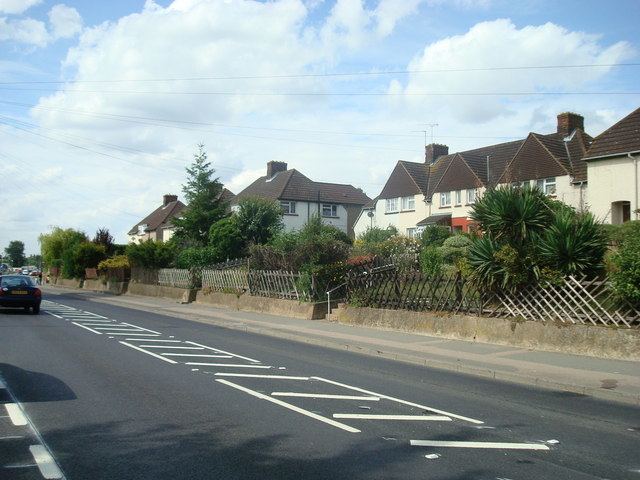Population 4,851 (2011 Census) Local time Friday 4:02 PM | Sovereign state United Kingdom Postcode district DA2 | |
 | ||
Weather 11°C, Wind SE at 14 km/h, 79% Humidity | ||
595 000 house for sale stone lodge the paddock darenth dartford kent
Darenth is a village and civil parish in the Dartford District of Kent, England. The parish is located to the south-east of Dartford town; the village is three miles (4.8 km) from there. It is to the West of the M25.
Contents
- 595 000 house for sale stone lodge the paddock darenth dartford kent
- Map of Darenth Dartford UK
- Darenth fishing complex dartford kent
- References
Map of Darenth, Dartford, UK
The parish was part of Axstane Hundred and later Dartford Rural District.
In the 1870's, darenth was described as
a parish in Dartford district, Kent; on the river Darent, 1½ mile N of Farningham r. station, and 2¼ SSE of Dartford.
According to the 2011 Census, there were 2,398 males and 2,453 females living in the parish.
The population in Darenth remains stable, up until 1850. After this point, the population increases gradually, up until 1910, where the population dramatically increases. The boundary for Darenth changed on April 1st 1955, thus explaining the minor fluctuation, the population then went on to reach it's peak in 1960, with a total population of 5,127. After this point, the population has steadily declined, with the total population (from the 2011 Census), to be recorded at 4,851.
The occupation structure of Darenth, represents a clear divide of male and female work, the dominant structure for males is the Agricultural sector, in comparison to the females where Domestic services were dominant. Agriculture is the most common sector for males because it requires low-skilled and manual labour, this is also a reflection of the area it is in. Occupation structure is limited within the female community, often, females did not have paid work or the work was informal, thus explaining the 344 women who's occupation was either unknown or unemployed. The largest formal work undertaken by females was within domestic services , employing 115 women. Domestic services were most common within the female occupation structure, because the jobs which they were allowed to do were limited.
